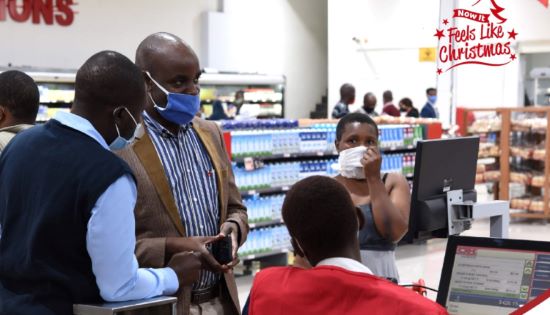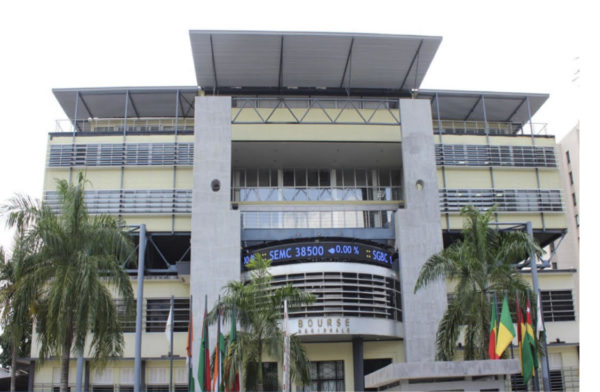OK Zimbabwe’s announcement that it plans to sell off key assets has sent shockwaves through Zimbabwe’s business community and underlined the broader crisis facing large retail chains operating in many African economies. The company, one of Zimbabwe’s largest and oldest supermarket groups, will dispose of four major supermarket properties, a warehouse and two commercial stands. The planned sales are expected to bring in about US$10.5 million after costs, money urgently needed to pay overdue debts and restock empty shelves.
According to a cautionary statement issued to the Zimbabwe Stock Exchange and a detailed circular to shareholders, the retail giant is grappling with “acute financial distress.” OK Zimbabwe cannot generate enough cash from daily operations to pay maturing obligations, leaving it with debts totaling US$30 million as of February this year. Company secretary Margaret Munyuru explained that restoring trust with suppliers is a top priority. Without fresh stock, the stores lose customers and with them, the hope of cash flow that might keep the business afloat.

The plan also includes consolidating operations by merging or closing underperforming outlets. At the same time, OK Zimbabwe hopes to modernize stores, upgrade ICT systems, revive loyalty programs and refresh its popular promotions to draw shoppers back. The company warned that if shareholders reject the asset sales, creditors could resort to court action that would force a hasty disposal of assets, damaging shareholder value and perhaps pushing the retailer to the brink.
But OK Zimbabwe’s troubles cannot be viewed in isolation. The difficulties of running a profitable retail chain in Africa’s post-colonial economies are deeply tied to a history that continues to shape markets today. During the colonial period, European powers designed African economies around the extraction and export of raw materials. Industries that might have processed these materials locally were actively discouraged. Colonial policy encouraged Africa to be the world’s supplier of cheap commodities and a consumer of finished goods imported from Europe.
When independence came, many African countries inherited economies with narrow industrial bases and weak local manufacturing sectors. Without factories, most goods still had to be imported. This structure left these countries at the mercy of global commodity price swings. When prices fell, so did foreign exchange earnings, undermining the ability to pay for imports — including the very consumer goods that retail chains need to stock their shelves.
Over the decades, many African economies struggled with persistent trade deficits, ballooning debts, and repeated balance-of-payments crises. International lenders stepped in with structural adjustment programs that often imposed austerity, cut state spending, and inadvertently further shrank domestic industries. As a result, the hoped-for diversification of economies and growth of local manufacturing never fully took root.
Retailers today still face these headwinds. With fragile local industries, most products on supermarket shelves are imported. This means retailers need steady access to hard currency to pay foreign suppliers. In economies like Zimbabwe’s, where foreign exchange is chronically scarce and local currencies lose value quickly, this becomes a daily struggle.
The story is not confined to Zimbabwe. In Nigeria, Africa’s biggest economy by GDP, nearly all major supermarket brands operate under financial strain. Many struggle to turn a profit or keep reliable inventories. In Ghana and Kenya, similar patterns emerge. Even South Africa, which has a more developed industrial sector and retail market, has seen homegrown giants like Shoprite retreat from certain African countries after expansion plans faltered.
Retailers often point to the sheer volatility of doing business across African markets. Inflation eats into household incomes, leaving shoppers with less to spend. Currency swings punish businesses that must pay for imports in dollars or euros while earning revenues in local money. Infrastructure gaps drive up logistics costs. Legal systems may be slow, making contract enforcement and debt recovery difficult.
In this light, what exactly are big retail brands seeking in Africa? The answer is both promise and peril. Africa’s demographics are a lure: it has the world’s youngest population, with millions moving into cities every year, hungry for modern shopping experiences. But rapid urbanization and rising populations do not automatically translate into rising disposable incomes. Without a parallel rise in industrial jobs that pay stable wages, much of the spending power needed to sustain large retail chains simply is not there.
Is Africa’s economy “financialized” enough to support these modern retail models? Often it is not. Many consumers still rely on informal markets where goods are cheaper and can be bought in small quantities. Banking penetration is low in many places, limiting consumer credit and the use of electronic payments that support loyalty schemes and data-driven retail strategies. In addition, financial regulations in several countries remain unevenly enforced, adding a layer of risk for formal businesses.
For retailers, the lesson may be that Africa requires a more tailored approach. The glossy mall anchored by big supermarkets works in some wealthy urban districts, but broad replication across countries with fragile currencies, limited local manufacturing, and volatile economies is fraught. Retailers must build models that can survive sudden shortages of foreign exchange, rapidly rising import costs, and consumer incomes that lag behind inflation.
OK Zimbabwe’s struggle is a reminder that without robust local industries to supply goods, without a stable financial system to support consumer spending, and without predictable economic policies, even the most established retail brands can falter. As shareholders prepare to vote on whether to approve the company’s asset sale plan and board overhaul, the outcome may shape not just the fate of this single company, but offer yet another lesson in the long and challenging story of formal retail in post-colonial Africa.



